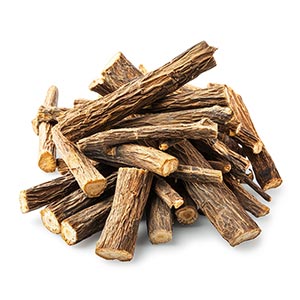Licorice, derived from the root of Glycyrrhiza glabra, has been used in fragrances to add a unique sweet, earthy aroma. Its scent profile includes notes of anise and woodiness, adding depth to fragrance compositions. The use of licorice in perfumery dates back centuries, often used for its natural sweetening properties. Its extraction involves careful processing of the roots to obtain the essential oil or extracts used in fragrance formulations. While primarily used in its natural form, advances in chemistry have enabled the recreation of licorice-like aromas synthetically.
Natural or Synthetic?
Licorice in perfumery is used both in its natural and synthetic forms. The natural extract, derived from the root of the licorice plant, offers a sweet, slightly earthy, and herbal aroma. This extract is typically obtained through steam distillation or solvent extraction methods. However, due to variations in natural crop yields and the complexities of extraction, synthetic versions of licorice are also used. These synthetic compounds, designed to mimic the sweet and herbal profile of natural licorice, are produced using chemical synthesis, often involving glycyrrhizin or similar compounds. The synthetic approach provides a consistent quality and allows for easier blending in various fragrance compositions.
Fragrance Families licorice Most Commonly Found In
Show fragrances that contain Licorice as a note



